The coalition-builder’s president and CEO offers solutions that require federal investment in state efforts
Today, the president and CEO of the Theodore Roosevelt Conservation Partnership testified in front of the House Natural Resources Committee on ways that Congress can invest in efforts to study, test for, and slow the spread of chronic wasting disease in wild deer and elk herds. CWD is a highly contagious, fatal neurological disease that affects deer, elk, and moose.
Whit Fosburgh offered solutions, including securing bipartisan and bicameral support for the investments in research and testing that have been proposed in two House appropriations bills.
“CWD is one of the greatest threats facing the future of hunting in America,” said Fosburgh. “To its credit, Congress seems to recognize the risk that CWD poses to hunting, agriculture, and even human health—and this subcommittee has certainly stepped up. I encourage you to continue to advocate for the funding levels set in the final version of both the House Interior-Environment and House Agriculture Appropriations bills, because surveillance and testing are key to controlling CWD. By knowing where it is, states can take the management actions necessary to contain the disease.”
CWD deteriorates the animal’s brain over time, resulting in emaciation, abnormal behavior, loss of bodily functions, and death. It was first identified in 1967 and remained isolated to a core region between Colorado and Wyoming for decades. But starting in the early 2000s, CWD began to spread rapidly—positive cases have now been confirmed in 26 U.S. states and four Canadian provinces, and wildlife managers are tasked with responding to the epidemic with limited resources.
Deer hunters make up 80 percent of the American hunting public, contribute nearly $40 billion to the U.S. economy, and support wildlife conservation efforts through their purchases of licenses and gear. Currently, testing for the disease is costly and time consuming, and the presence of CWD-positive deer already has some hunters questioning whether their venison is safe to eat. This could mean greater declines in hunting participation and less funding for states that already depend on hunting license and equipment sales for their conservation budgets.
“According to the USFWS, participation in hunting has been declining from about 13 million to 11 million people in the last decade,” Fosburgh testified. “One bright spot in those numbers, has been the growth of the field-to-table movement, or those who hunt to provide lean, organic, locally sourced protein to their family and friends. If people become wary of eating deer and elk, this area of growth in participation could fall away entirely. And conservation will be the biggest loser.”
In June 2019, the House approved a spending bill for federal agriculture, interior, and environmental agencies (H.R. 3305) with amendments that would send $15 million to the states to combat the spread of chronic wasting disease in wild deer and direct $1.72 million to the U.S. Fish and Wildlife Service to enhance CWD research and testing methods.
The TRCP has asked sportsmen and women to urge lawmakers to invest in better research and testing for CWD through the annual appropriations process. Learn more about CWD and the hunter’s role in combatting the spread of this disease.
This House subcommittee hearing marks the fourth time this year that the TRCP has represented the interests of American sportsmen and women by delivering official testimony before Congress. View details on our previous testimony related to improving access to public lands, the five priority pieces of legislation that would invest in fish and wildlife habitat, and how to create drought solutions while enhancing conditions for fish in the Colorado River Basin.


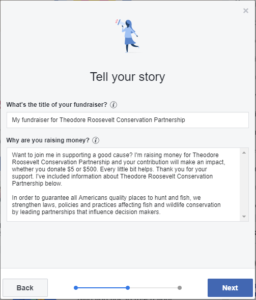
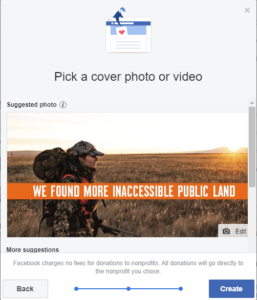
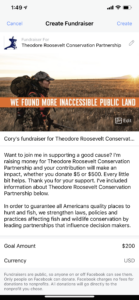
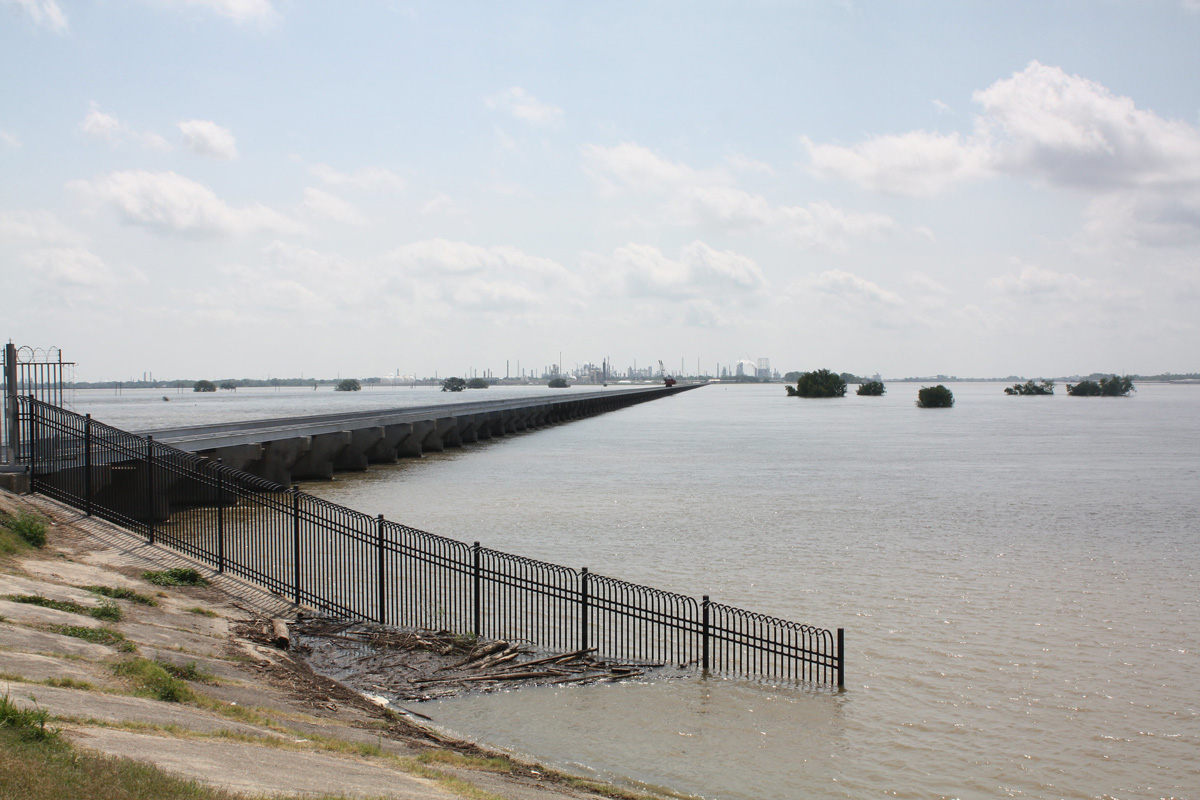
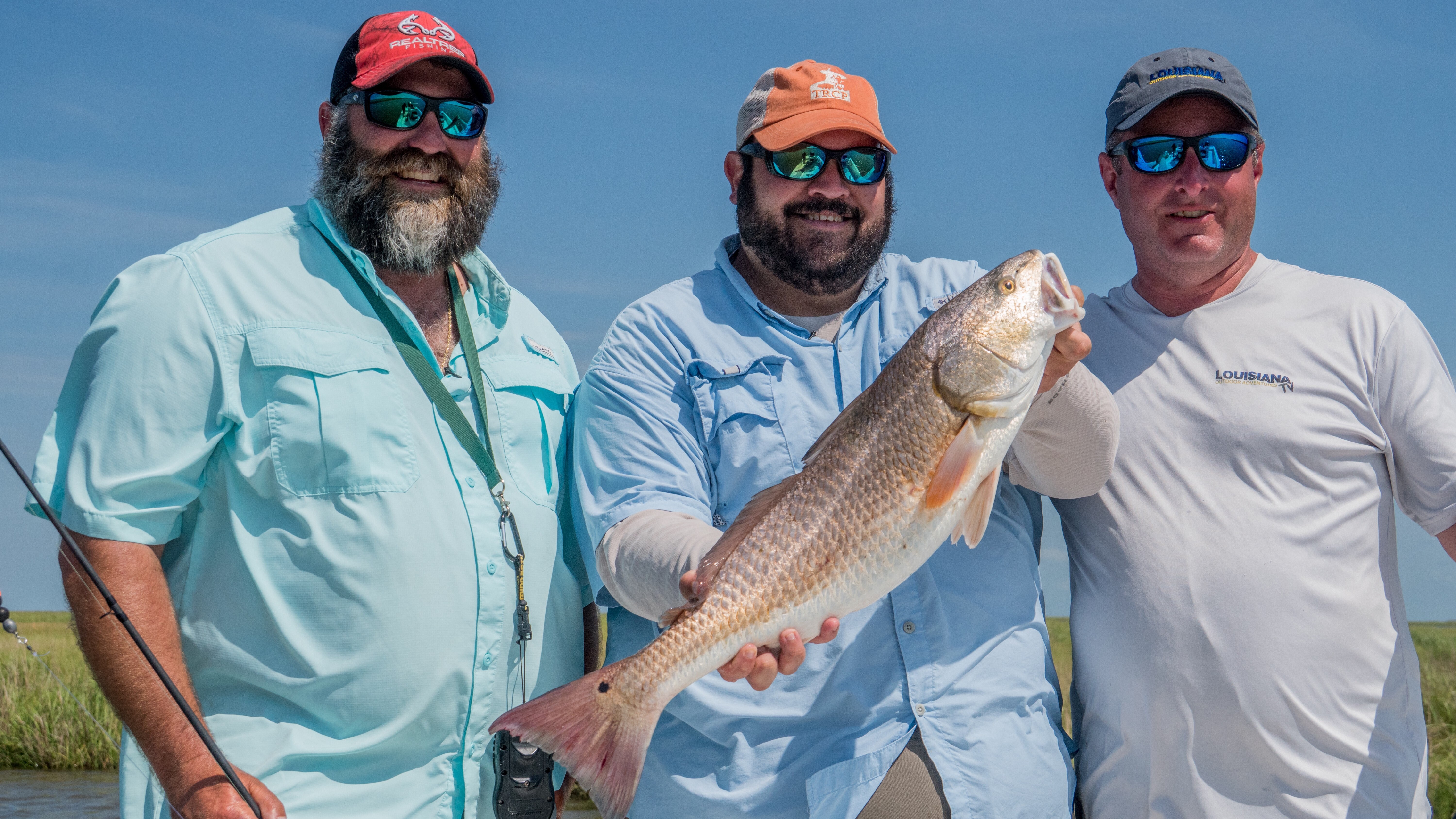




Surveillance and testing may be useful to slow, probably not stop, the spread of CWD. However, to my knowledge, no activity other than natural predation has shown any promise of reducing infection rates in deer herds. Both lions and wolves have been shown able to detect CWD-infected deer at the early, yet infective, stages, and to emphasize killing infective animals. Yet we seem unwilling to mention these studies, and – in many states – favor control or even elimination of wolves and lions. It is a head-in-the-sand approach. JAB
We need this CWD to be totally wipe out or hunting will done with for sure!!! Congress has to move right away on this or we will vote out the ones that won’t !!!!!!
As usual the states gobble up the limited funds but no one is doing the serious research to even confirm how it’s spread or how to get rid of it. CDC should be involved. Assured the Brits pulled out all the funds when mad cow came about
I feel like nobody takes this seriously enough I talk to lots of people who hunt and they either brush off cwd or there misinformed this could possibly be the death of deer hunting and we need to take it seriously and do something about it
The first step is unified recognition of the seriousness of this disease. Only thru unity from all stake holders, working with their governmental partners, will any version of CWD control or management be successful.
It appears CWD is further perpetuated by the landowners whom landlock large tracks of public lands and do not allow public hunting. The big herds become privatized along with the public lands and only the wealthy few whom can afford to hunt are able to contribute to the conservation model which prevents the spread of CWD. Until these land barons allow public hunting and use of the public lands CWD outbreaks are only going to get worse. I hope Mr. Fosburgh was able to portray this view.
More control over killed animals needs to be done , private hunters transfer deer killed from Virginia and other states , into ours and they bring whole carcasses in and 2 butcher shops even though laws are against it
One of the best things that could be done to fight CWD and its spread is to get rid of Deer & Elk game farms, and Canned Hunts period. There have been game farms with documented cases of CWD. If you look at where the disease is at, there usually is a game farm nearby. Not to mention the interstate transportation of these farmed animals. Then there are animals that escape from these farms. Minnesota & Wisconsin each have over 300 game farms and look at the CWD in those states. I believe this CWD all started in the 1960’s in Colorado, and yes there were game farms there. To me, Game Farms and Canned Hunts behind fences are truly disgusting and are the culprit. One should also look at baiting and how that concentrates deer in certain areas for the spread of disease. I hope there is candid discussion about these two issues, and the negative impacts they have on deer and elk.
Simply put, if CWD is not stopped hunting will eventually be a thing of the past. As a hunter, I would prefer to have meat tested, otherwise, I will no longer hunt in areas infested by CWD.